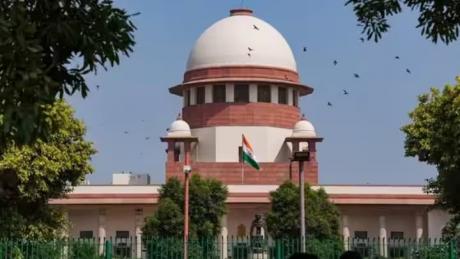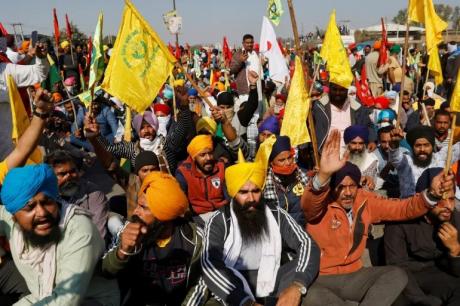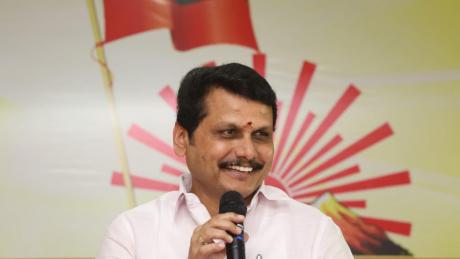The process to exchange or deposit Rs 2,000 bank notes has begun on Tuesday - May 23 and it will run for four months till September 30, 2023. From Tuesday, the banks will accept the measure of replacing the highest denomination with the other available denominations and as it is expected that thousands of people will throng the banks, the Reserve Bank of India (RBI) has announced several guidelines to the people and to the banks.
On May 19, RBI said that it will withdraw all the Rs 2,000 banknotes as a part of its clean note policy, though it will continue to be a legal tender. With the view to mitigate the chaos among the public, RBI Governor Shaktikanta Das has advised the people not to rush to the banks and that there is enough time to exchange the notes. The banks across the country are also instructed not to issue soiled or torn notes to customers. So, if you are going to join the queue to exchange or deposit Rs 2,000 bank notes, here are five major points that you must know,
- One can knock any banks to exchange or deposit Rs 2,000 bank notes as there is no requirement that the people should approach only the banks where they have an account.
- Only ten Rs 2,000 notes - up to a limit of Rs 20,000 can be exchanged at a time at any bank. But, there is no limit on the deposit of the notes. However, you must note that any large deposit transaction would attract KYC guidelines.
- RBI Governor Das said, "You must be aware that there's an Income Tax rule, if you deposit cash above Rs 50,000, you have to produce your PAN. So, existing rules will apply."
- No identity proof is required to be submitted by the tenderer at the time of exchange. There will also be no fee for the exchange or deposit and individuals can avail of the exchange facility from today to September 23, 2023.
- The RBI has arranged a facility to exchange Rs 2,000 bank notes at 19 of its regional offices. The central bank has also launched a complaint redress system. In a statement, RBI said, "For redress of grievance in case of deficiency of service, the complainant/ aggrieved customer may first approach the concerned bank. If the bank does not respond within 30 days after lodging the complaint or if the complainant is not satisfied with the response/ resolution given by the bank, the complainant can complain to the Reserve Bank - Integrated Ombudsman Scheme, 2021 at the Complaint Management System portal of RBI - (cms.rbi.org.in)."
The RBI has also issued instructions to the banks to make necessary arrangements like installing shades from Sun and water facilities at banks for customers. While speaking to the reporters on Monday - May 22, Das said, "From time to time, RBI withdraws notes of a particular series and issues fresh notes. We are withdrawing the Rs 2000 notes from circulation but they continue as legal tender."
On responding to a question why the Rs 2,000 banknotes were withdrawn, Das said that the notes have completed their life cycle. He said that the Rs 2,000 notes were primarily issued to replenish the currency after the 2016 demonetisation when Rs 500 and Rs 1000 notes were withdrawn as legal tenders. By citing that the Rs 2,000 notes were printed four to five years back, he stated that the printing of these notes has been stopped and that there are enough notes of other denominations at present.
He said, "That purpose has been fulfilled. Today there are enough notes in circulation, of other denominations. Even the circulation of Rs 2000 notes as we have explained has come down from its peak of 6 lakh 73,000 crores to about 3 lakh 62,000 crores." Das has also asserted that Rs 500 bank note will be printed based on the need.









Comments